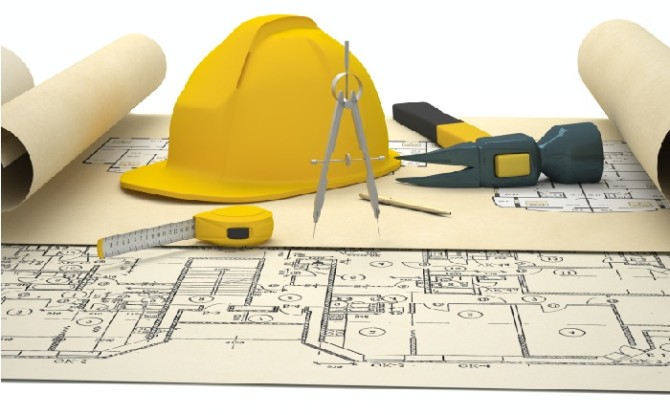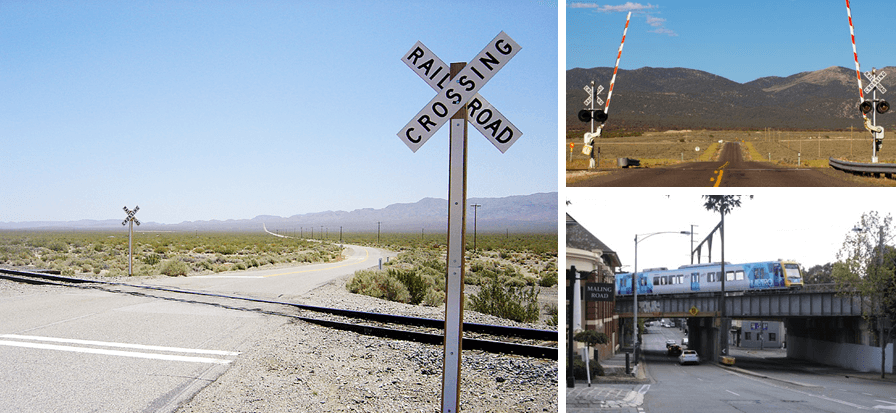
Planning: Safety in Design – When and What to Consider?
The 2nd ‘Safety in Design’ Conference was held recently in Melbourne during May 2016. As the name suggests, the topics discussed on the day centered on the importance of considering and planning for safety in areas such as:
- process and functional safety (e.g. when designing plant and/or guarding);
- construction of new and/or refurbishment of buildings;
- purchase of new plant; and
- designing guarding for current plant (i.e. retro-fitting) – which has been raised by a number of our clients in recent times.
The presenters focused on the challenges of safety in design and the importance of balancing the risks and costs of today, whilst anticipating the needs of tomorrow through a “whole of life” design review. Whole of life considerations that are often forgotten about, include:
- repair and maintenance;
- cleaning;
- training and licence requirements;
- monitoring requirements (e.g. noise and/or dust); or
- decommissioning, etc.
A key message from the conference was that safety needs to be considered at the concept stage, when decisions are made about the ‘intended purpose’ and/or ‘required deliverable’, as opposed to safety being considered only after the design commences. The following example was shared which gave this thinking some perspective:
If safety in design was considered after a decision was made to have a rail-road crossing, the safety considerations will be specific to the design, and in line with the “agreed deliverable”. The safety aspects of the design would make the rail-road crossing as safe as possible – it would include booms, lights, signals, etc. However, wouldn’t it be better if safety in design was considered at the concept stage? If the “goal” was to prevent cars and trains impacting, safer solutions such as a bridge and/or underpass may have been an option for consideration.

Being consulted with in the concept phased resonates daily in the workplaces we support. We recently had a client contact us to gather advice about what they needed to ensure was in place prior to purchasing a forklift, due to their walkie stacker: (1) not being able to access the top level of racking, and (2) not being able to reach-forward. After reviewing the “efficiency” that could be generated across a small floor area where load shifting occurred for less than 2 hours per day, against the hazards that would need to be controlled if a forklift was introduced (e.g. mobile plant moving at faster speeds, licencing requirements, fuel onsite – resulting in the management of hazardous chemicals, etc.), the client started to investigate walkie stacker options that provided the result / goal they were after.
Safety in design (and procurement) should be considered when the “goals” of the design are being considered, not once the “finalised deliverable” has been prescribed.
Consideration of safety in the concept phase will support elimination, or provide the best opportunity to significantly reduce risk of whole of life design issues with an item of plant or a building. From our view point as health and safety consultants, past experience continues to demonstrate that trying to manage and reduce hazards post implementation can:
- be financially expensive. Retro-fitting requires a new plan(s), sourcing materials and trades for smaller/one-off jobs.
- be resource demanding. Someone at your workplace (or many), will be required to focus their time on a project that could have been resolved earlier. Their time will be utilised due to their involvement in supporting risk assessments, construction, managing contractors, etc. – everything can’t be “outsourced”. In addition, time will be spent training your workers in the new practices and/or processes.
- impact safety culture. Your workers may feel that their voices are not considered as “known” hazards continue to reappear; as opposed to be managed better, or eliminated.
We understands that there is incredible pressure on business owners to look for cost saving measures when purchasing new plant, leasing new premises, or refurbishing current premises in order to remain profitable. Therefore, managing risk by considering safety in the concept phase of the design, when project “goals” are being agreed on makes absolute sense.
www.actionohs.com.au | info@actionohs.com.au | 1300 101 OHS | 1300 101 647



